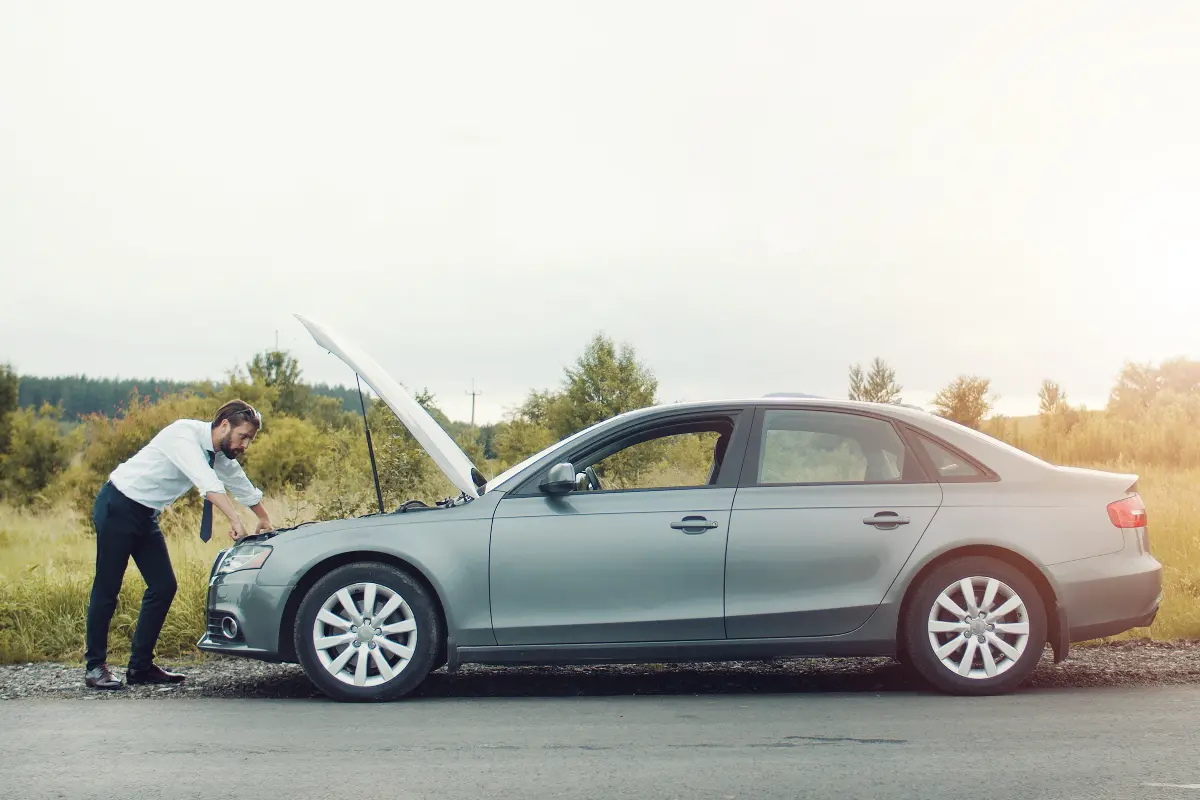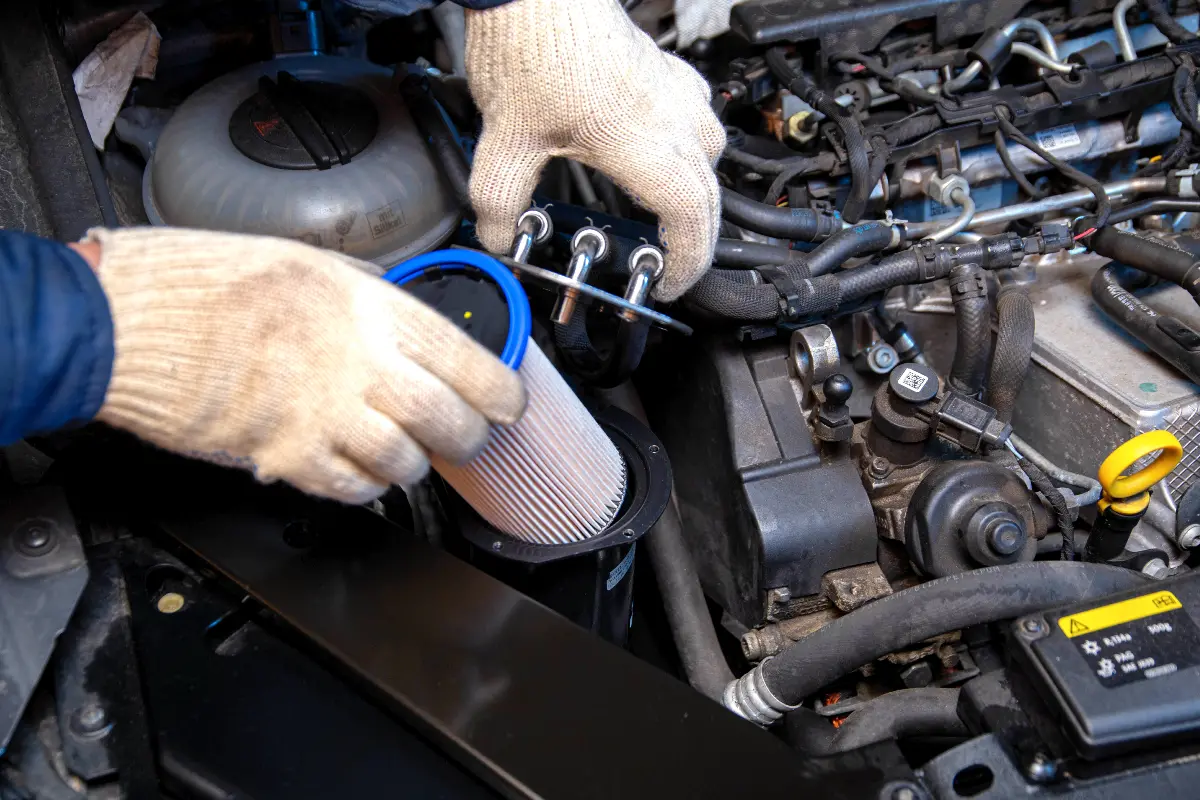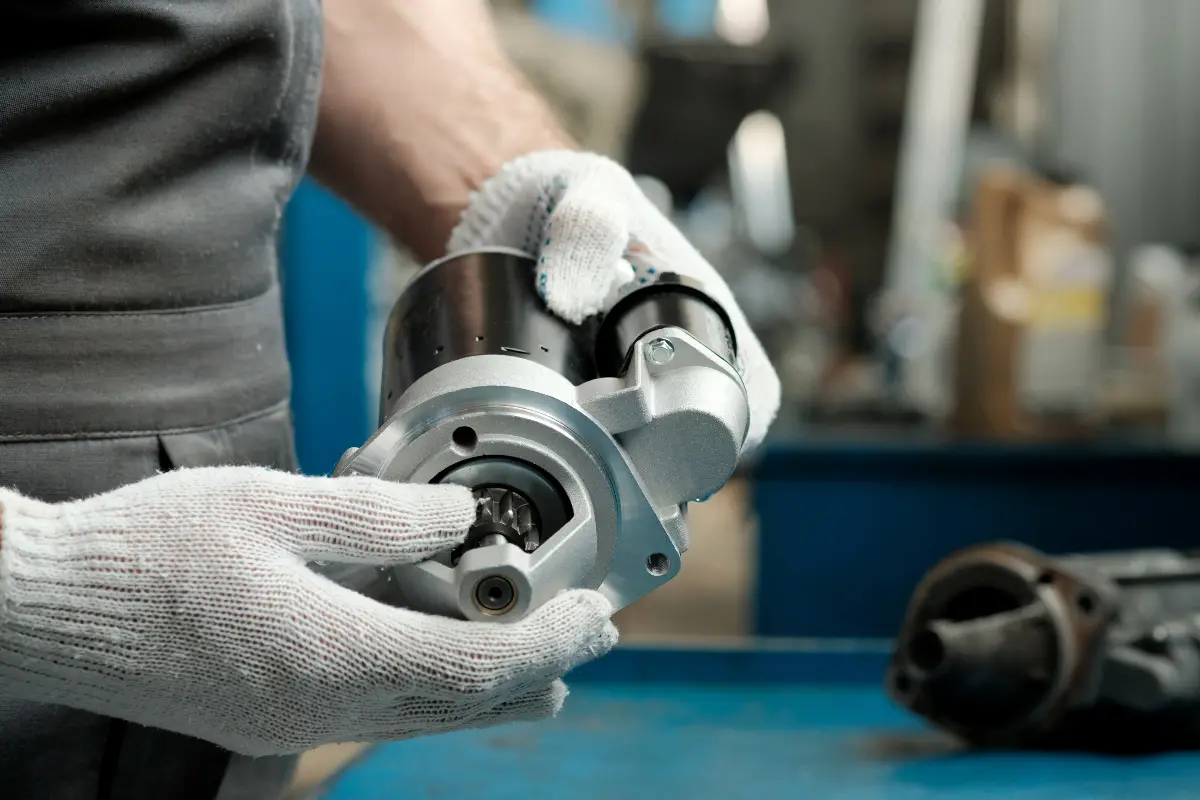Imagine this: you’re running late, you dash out to your car, slip into the driver’s seat, twist the key or push the start button... and nothing happens. Your car refuses to roar to life. It’s a scenario that can induce panic, but fear not – many times, the issue is more a matter of inconvenience than a catastrophe. Let's look at some easy solutions for a car that won't start, turning that “No Go” into a problem solved.

Firstly, it’s important to listen to what your car is telling you. The sounds and symptoms can be like a secret code, unlocking the mystery of the non-starting car. If you turn the key and hear a clicking sound without the engine turning over, you could very well have a dead battery. This is the most common culprit, and the good news is, it’s relatively simple to handle. If you have jumper cables and a second vehicle or jump starter nearby, you can usually bring your car back to life within minutes. Just remember to connect the cables in the correct order: red to positive terminals and black to negative.
Let's assume the battery isn’t the problem. You turn the key, hear the engine cranking, but it doesn’t start. This could be related to the fuel system. Modern cars rely on a precise mixture of fuel and air to run, and if your fuel pump isn't working properly or you’ve simply run out of gas, you won’t be going far. Check your fuel gauge (it’s obvious but can be overlooked in a panic), and if it’s low, you need to refuel. On the other hand, if there's fuel and you still can't start, it may be time to check the fuel filter or fuel pump, which may require professional assistance.

Another engine-cranking scenario that fails to start the car could point towards the ignition system. Spark plugs ignite the fuel in the engine, and if they’re worn out or faulty, they can’t do their job. While changing spark plugs isn’t as quick a fix as jumping a battery, it’s still a task many car owners can tackle with a bit of know-how and the right tools.
Don’t forget about the starter motor - that little electric motor that gets your engine going. If the starter is malfunctioning, you might hear a grinding noise when attempting to start the car, indicating it’s time for a replacement. While replacing a starter is more involved, it’s a relatively common repair that any reputable mechanic can handle.

If your car is silent when you turn the key, the issue might be with the alternator. The alternator recharges the battery while the vehicle is running; if it fails, the battery won’t charge and eventually, you won’t start. Dim lights and a battery warning light on the dash prior to complete failure are hints that your alternator might be waving a white flag.
Modern cars and their keyless ignition systems can also add another layer to the no-start mystery. If your vehicle refuses to start and you're using a key fob, it could be as simple as a dead battery in the fob. Replacing it can quickly and inexpensively resolve the issue. Security systems can also prevent a car from starting if, for instance, the car doesn’t recognize the key fob.
Sometimes, the no-start problem could be due to a more complex problem within the vehicle’s software or electronic control module. In such cases, this may require a diagnostic tool to read error codes or a trip to the dealership or a certified mechanic for further inspection and repair.
Don’t overlook environmental factors, either. Extreme temperatures can affect your vehicle’s ability to start. In cold conditions, ensure that your battery is in good condition since cold can sap its power. In newer models, look for any indications of frozen fuel lines. Keeping your gas tank at least half full during the winter months can help prevent this.
Remember the simple practice of regular maintenance. Many starting problems can be headed off by regular service checks. Regular oil changes, battery checks, and routine inspections can nip potential issues in the bud before they leave you stranded.

Lastly, it would be neglectful not to mention the importance of safety and preparedness. Should your car decide to be stubborn, having emergency supplies such as jumper cables, flashlights, and warm clothing (in colder climates) can make waiting for assistance much more bearable.
In the moment of a non-starting car, frustration is natural, but solutions need not be complex. From dead batteries to faulty starters, many of the issues can be diagnosed and treated relatively simply. With a bit of troubleshooting, you might find that getting back on the road is easier than you think. And, when in doubt, there's no shame in turning to a professional, ensuring your car is properly cared for and ready for many more starts to come.
